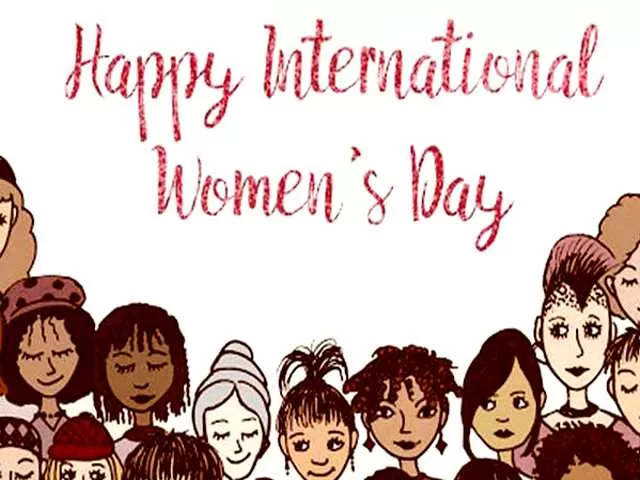History and global celebrations of International Women’s Day. Discover unique traditions, explore the roots of this empowering day, and learn about remarkable women from diverse cultures who shaped history.
Empowerment Beyond Borders: Global Significance of International Women’s Day
Table of contents
On March 8th, a date etched in the global calendar, nations unite to celebrate International Women’s Day (IWD), a tribute to women’s contributions, struggles, and triumphs. Commemorated at the United Nations and acknowledged as a national holiday in various countries, this day serves as a poignant reminder to honor the women who paved the way for equality and peace. In this article, we delve into the diverse celebrations worldwide, the historical significance, and the remarkable women who shaped our world.
Global Celebrations: Honoring Women with Flowers, Chocolates, and Drums
In Russia and numerous countries, March 8th marks a day of appreciation, where men express gratitude to the women in their lives through flowers, chocolates, and small tokens. Italy has a unique tradition of gifting yellow mimosas to women, while in Montevideo, the streets come alive with the beats of female drummers. These traditions symbolize love, respect, and recognition for the indispensable role women play in society.

Origins of International Women’s Day: A Journey from Tragedy to Triumph
The roots of International Women’s Day can be traced back to 1909 in the United States. However, it became intrinsically linked with the tragic Triangle Shirtwaist Factory fire of 1911. As interest waned in the U.S., it gained prominence in former Soviet countries. The turning point was the February Revolution in Russia on March 8, 1917 (Julian calendar), a pivotal event that led to the overthrow of Czar Nicholas II. Alexandra Kollontai, a feminist, convinced Lenin to establish March 8th as an official holiday in the Soviet Union.
Unraveling Historical Timelines: The March 8 Paradox
Did the mention of a February Revolution on March 8th leave you puzzled? The peculiar timing arises from Russia’s use of the Julian calendar, making March 8, 1917, align with February 23, 1917, in the rest of the world. Despite International Women’s Day not being extensively celebrated in the U.S., the entire month of March has been designated as Women’s History Month, shining a spotlight on female trailblazers worldwide.

Exploring Women’s History: Heroes, Rulers, and Scientists
Delve into the stories of remarkable women from across the globe at Women in World History.com. Discover the courage of the Trung sisters from Vietnam, the elegance of Eleanor of Aquitaine in France, or the resilience of Nzinga Mbande (Ann Zingha) in Angola. If scientists are your heroes, “4000 Years of Women in Science” offers an extensive collection of biographies, celebrating the contributions of women in the field.
Tools of Empowerment: Microloans and Women’s Rights
Microloans, touted as catalysts for women’s rights and economic empowerment, provide small loans to entrepreneurs in third-world countries. Explore the transformative impact of microloans on Kiva, a platform where you can learn more and even participate in supporting individuals striving to lift themselves out of poverty through entrepreneurship.
As International Women’s Day approaches, let’s celebrate the resilience, achievements, and indomitable spirit of women worldwide. From historical milestones to modern initiatives, the journey towards equality continues, fueled by the collective efforts of individuals and nations alike.

